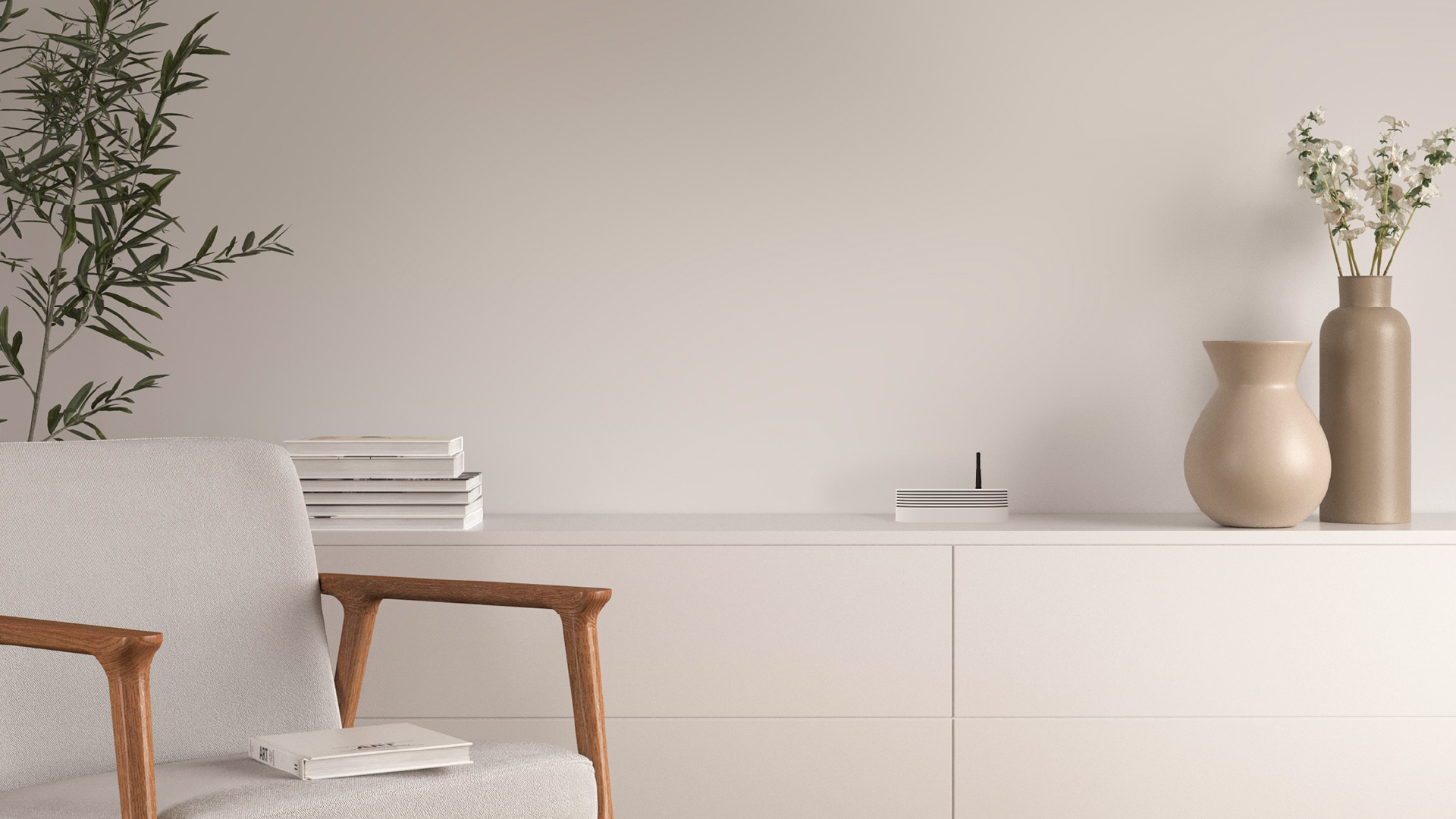
Keemple Z-Wave Gateway – Everything You Need to Know
What is a Z-Wave Gateway? To answer this question, let’s first briefly explain how a wireless smart home system with […]
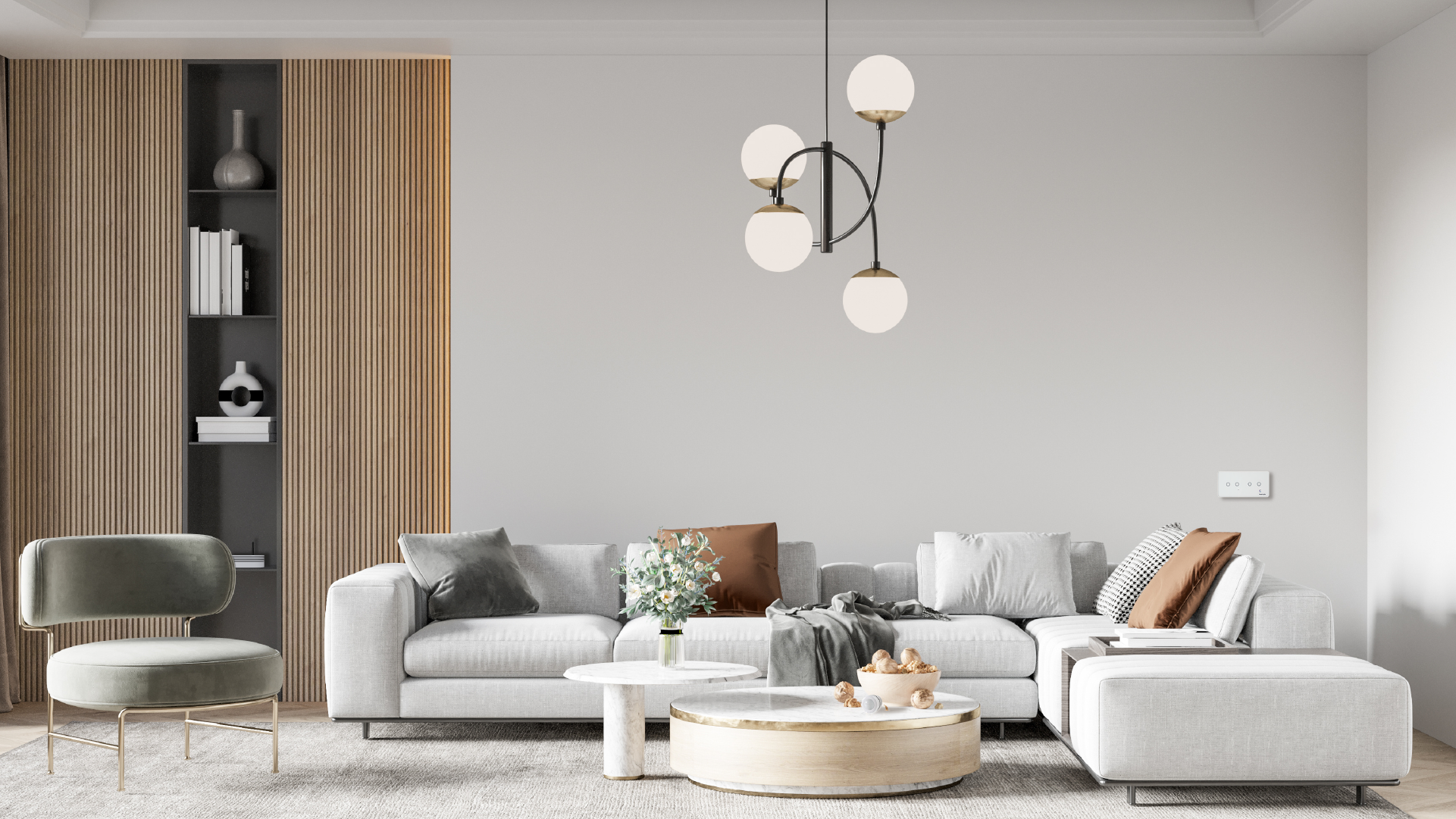
A Smart Home isn’t just a trendy concept — it’s a real, achievable solution that you can implement step-by-step without blowing your budget or getting overwhelmed. You can set it up not only in a house but also in an owned or rented apartment. All it takes is choosing the right devices and planning what will best suit your space and needs. Below, you’ll find a straightforward and practical guide to help you get started.
Before you hit “add to cart,” ask yourself a simple question: what do I expect from my Smart Home? Comfort? Security? Savings? Or maybe a little bit of everything? Your needs will determine which devices are worth buying first.
For comfort – start with smart light switches, dimmers, blind controllers, and smart plugs. These let you control your home via app or voice. (Before buying, check which voice assistants — like Alexa or Google Home — are compatible with your selected devices and app.)
For security – go for motion sensors, door/window sensors, smart cameras, smoke and water sensors. Their presence can help prevent many unpleasant surprises.
For savings – in addition to smart switches and plugs, consider smart thermostats and remote heating controls. If you have air conditioning, it’s worth getting a universal IR controller, which allows you to create automation scenarios for your cooling system. Lower energy use means real savings on your bills.
Remember – you don’t need everything at once! Choose what best fits your current needs. With wireless systems, you can expand gradually, without needing special wiring.
A well-functioning smart system tailored to your lifestyle isn’t about guesswork – it pays to count how many devices you’ll need.
Light switches – make a list of how many you have and in what configurations. Will you need double, triple, or other types of frames?
Smart radiators – count all radiators you want to control.
Water sensors – consider areas at risk of leaks: kitchen (dishwasher, sink), bathroom (washing machine, bathtub), water risers, and unusual spots like near aquariums.
Smoke sensors – install them in hallways and key rooms, like children’s bedrooms.
Door/window sensors – use them on front doors, windows, balconies, or patio doors — anywhere with access from outside.
Cameras and motion sensors – identify key points: apartment entrance, big windows, balcony doors.
Gateway – one hub is usually enough for a large apartment, especially if you’re installing in-wall devices that act as signal repeaters (switches, smart curtain switches, or smart plugs). Otherwise, you may need a separate signal repeater.
Write things down and count carefully. The more precise your plan, the fewer surprises during and after installation.
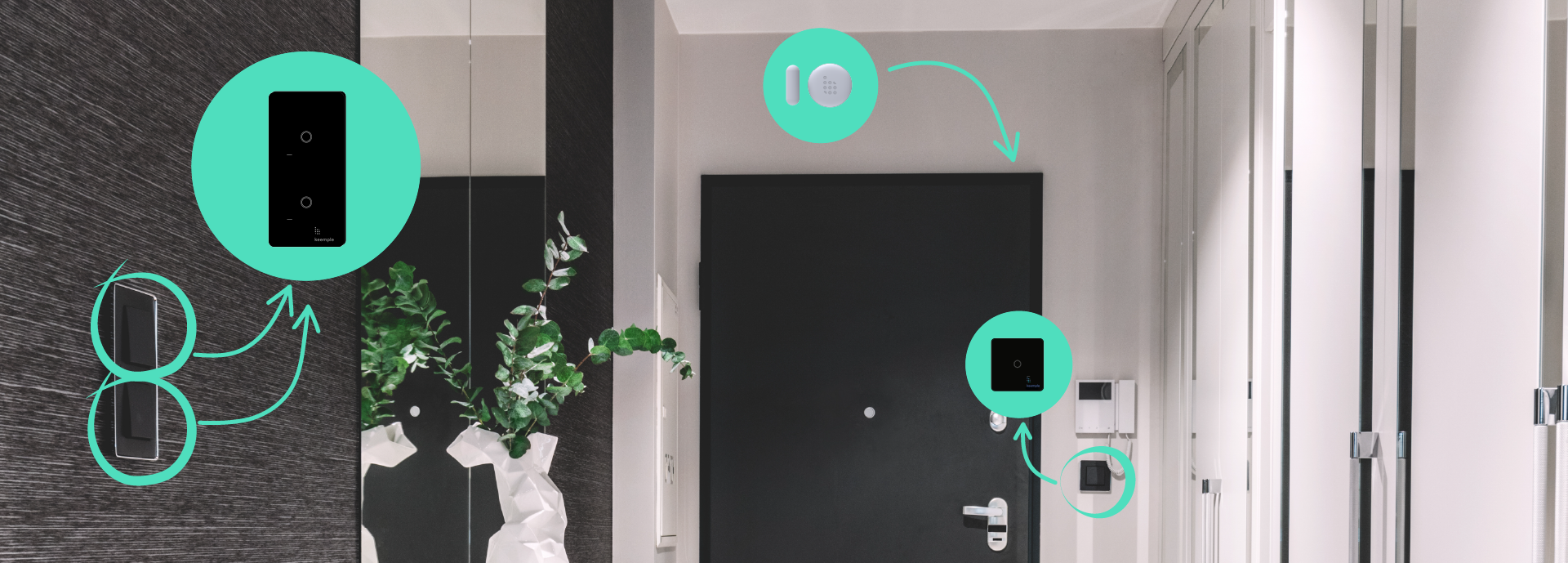
Do you have a floor plan? Great. If you also have an electrical layout — even better. These plans can help you literally draw out your Smart Home system. It not only makes planning easier but also helps you better estimate the number of devices you’ll need and where to place them.
A rough hand-drawn sketch is also a good idea. Mark the installation spots for each device. This is especially helpful with larger systems.
Don’t want to do it alone? That’s fine. Some companies (like Keemple Poland) offer system design services based on your floor plan. You send it in, they send a proposal — so you know what to buy, without guessing.
Each smart home system manufacturer has its own installation requirements. And it’s not just about where to stick things. We’re talking about back box spacing, mounting methods, and compatibility with your existing electrical setup. Most smart lighting systems require a neutral wire in the wall box — and sometimes, especially in older buildings or after electrical renovations, that wire isn’t there.
Before clicking “buy now,” download installation manuals from the official manufacturer websites. Check whether your home meets all the technical requirements. If anything is unclear — reach out to customer support. You’ll save yourself frustration and potential extra costs.
You don’t need to invest thousands of złoty upfront. A smart home system can be built in stages. Start with the most important components — for example, door and balcony sensors, a few smart plugs, one leak sensor, and one smoke detector. Over time, you can add more — exactly where you notice the need.
This isn’t just a budget-friendly approach — it’s a way to create a system that truly works, not one that just “looks good on paper.”
Smart devices aren’t a gimmick. They’re practical tools that can make your home safer, more comfortable, and more efficient. But for them to work properly, good planning is essential. Use your floor plan, count your devices, check the technical requirements — and build your system on your own terms.

What is a Z-Wave Gateway? To answer this question, let’s first briefly explain how a wireless smart home system with […]
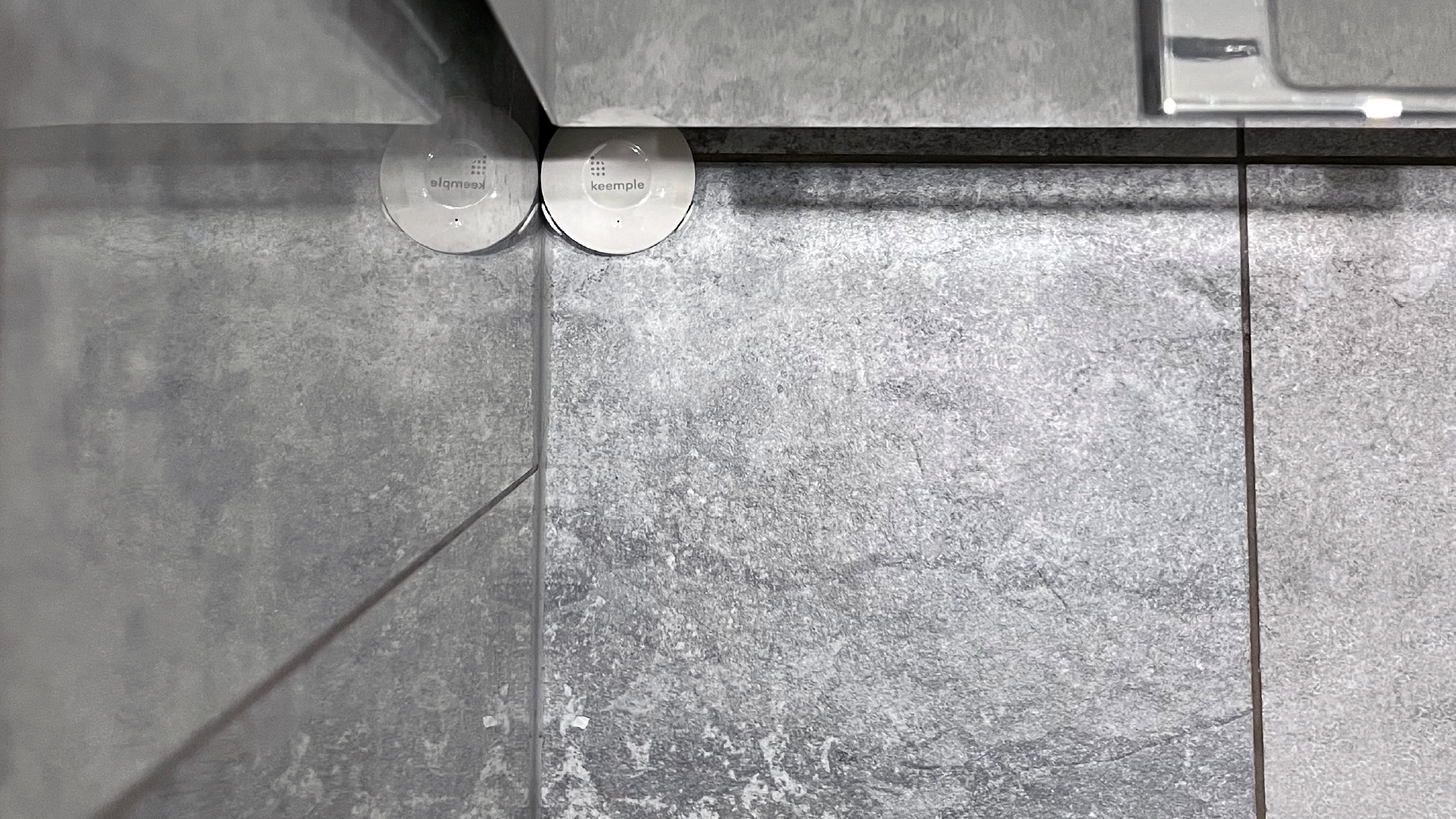
Flood sensors are devices that can protect your home or business from costly water leak consequences. Despite their small size, […]
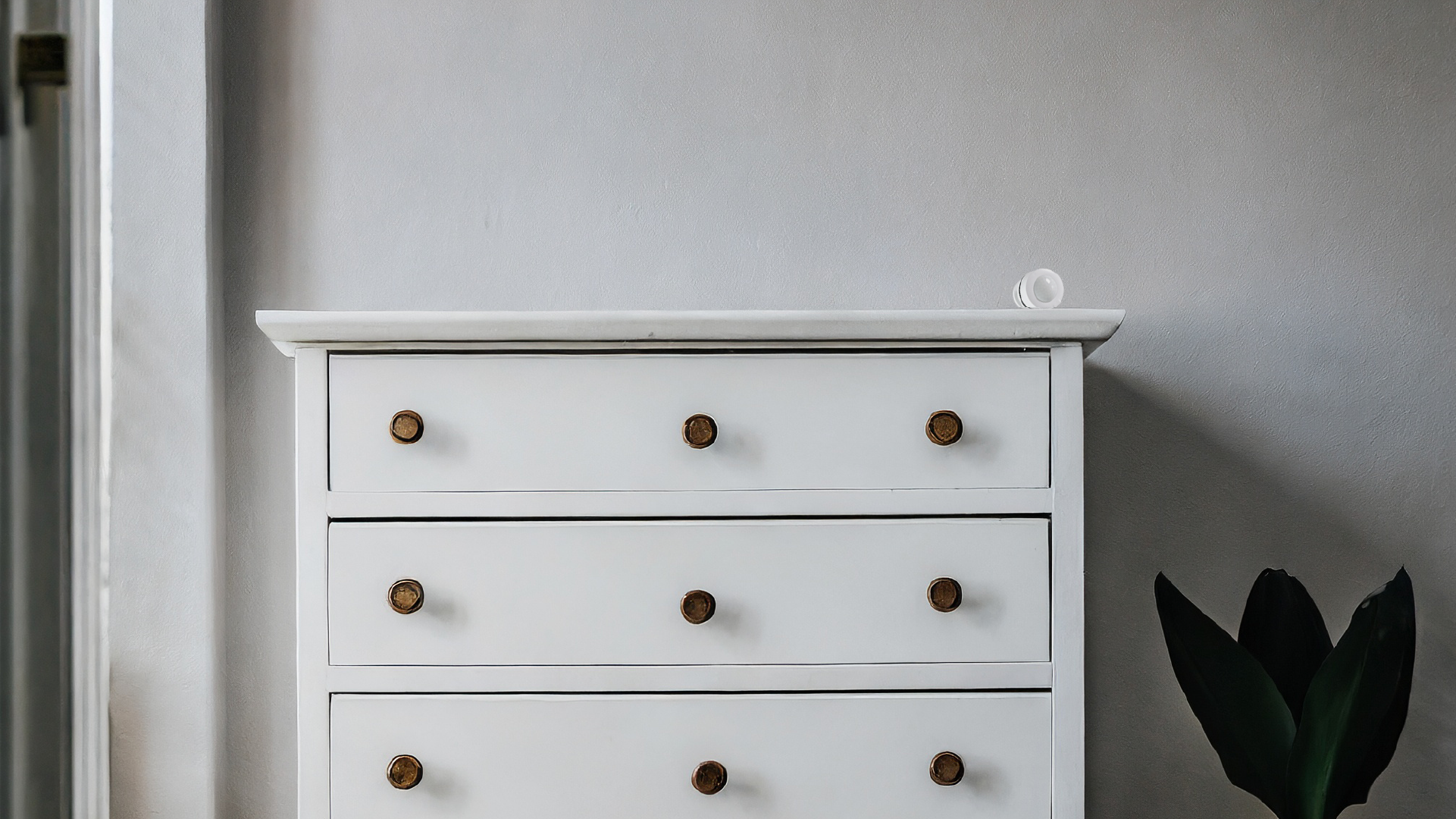
No one wants to face a dangerous situation at home or risk losing valuable items and keepsakes due to fire, […]
Contact us: biuro@keemple.pl